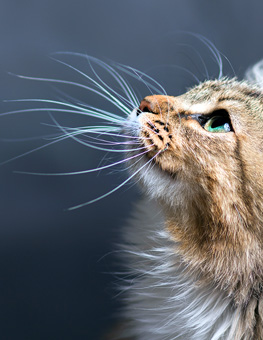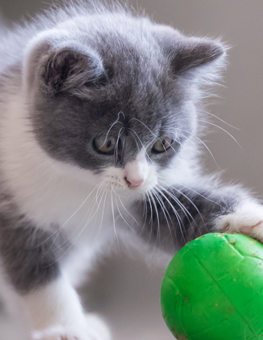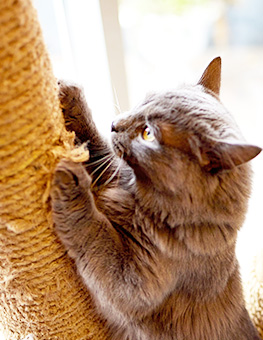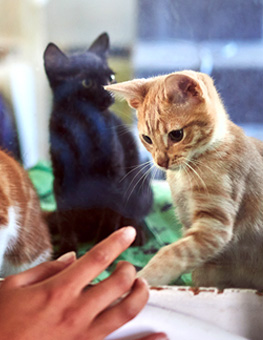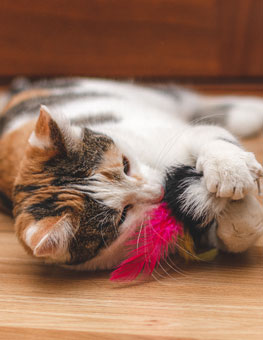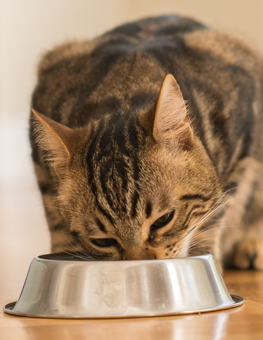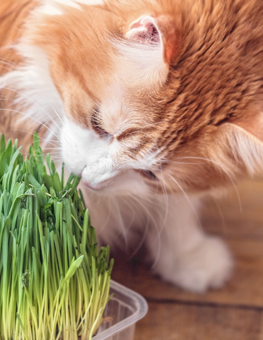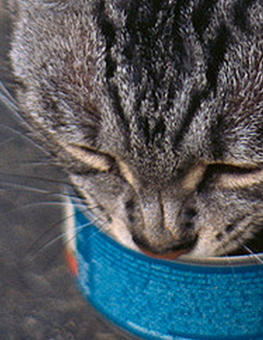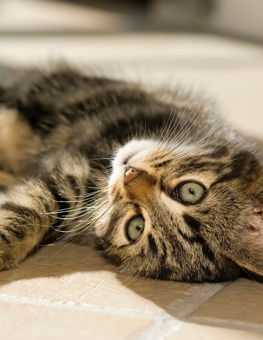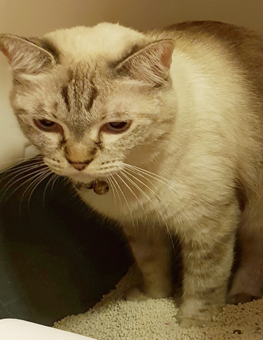Understanding Your Cat Through Body Language
We generally know when a cat is hungry, curious, playful, yearning, tired and scared - but what does a flick of the tail mean, or an arching of the back?
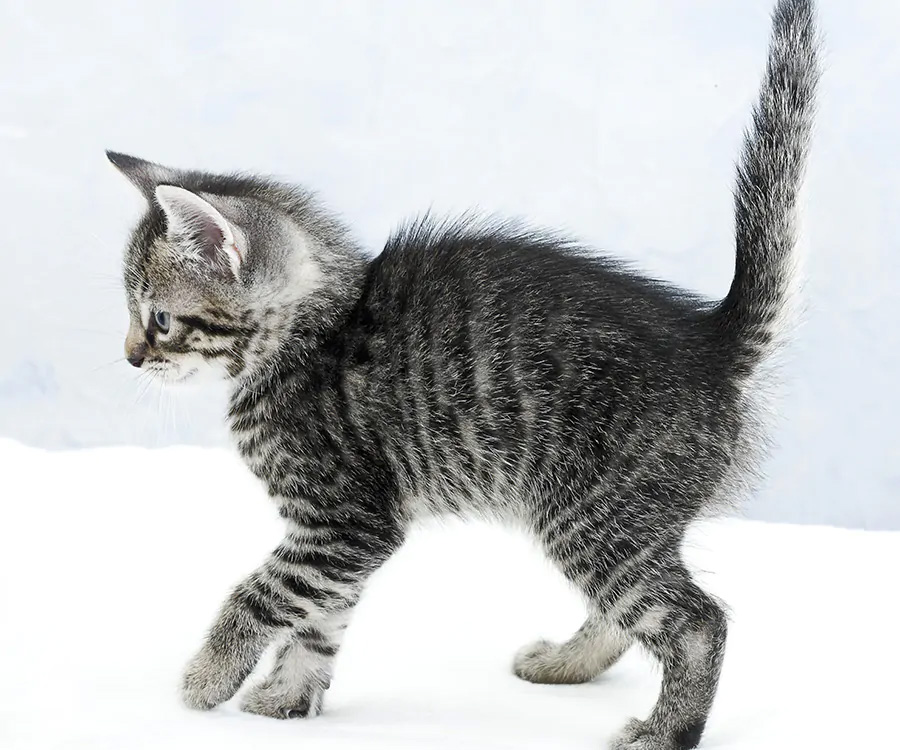
Understanding your cat's body language will help you communicate with her/him.
Cats are often inscrutable. The poet T.S. Eliot - a devoted cat lover who published more than a few lines of verse about his various feline companions over the years - once remarked in a poem that "You now have learned enough to see / That Cats are much like you and me." Most cat owners probably couldn't agree more, but would have to confess that just because they see themselves in their pets doesn't mean they understand those kitties any better than the rest of us.
We generally know when a cat is hungry, curious, playful, yearning, tired and scared - but what does a flick of the tail mean, or an arching of the back? What do they really try to communicate by rubbing against your leg? The body language of cats is all written in their slinky bodies - so here are some tips for decoding it.
The Ears. Just as with dogs, a cat relies heavily on its ears for sensory input. A relaxed cat will have its ears at the usual angle of slightly-to-the side, while a cat suddenly alert or curious will perk its ears straight up - catnip might do this. Twitching ears may indicate fear or nervousness. Ears that are laid flat against the back of the head are a classic sign of anger and aggression common to all cats, from the house tabby to a wild panther.
The Eyes. Cats have expressive eyes, especially if you pay close attention to pupil dilation. A relaxed or extremely happy cat purring on your lap will half-close or even entirely shut its eyes. To close one’s eyes in the presence of another is the ultimate sign of trust. A cat that is frightened or angry will stare intensely. Cats respond to human eye contact similarly and may flee when glared at by someone they're not accustomed to. Blinking slowly at your cat lets your feline friend know that you are aware of his or her presence and pose no threat.
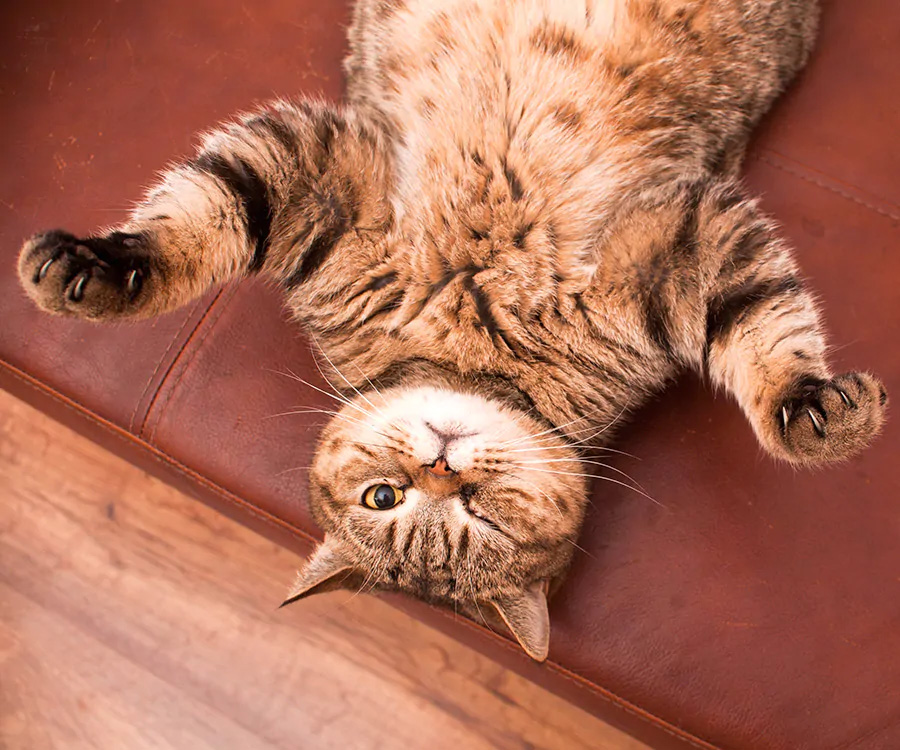
A cat on its back may be giving you its belly for rubs & affection, but not always.
The Body.We all know the physical sensation of a usually stiff and tense cat melting into our lap. When a cat is happy, it relaxes all its muscles and encourages petting. But be careful when a cat rolls onto its back and exposes its stomach - while this is a sign of affection and submissiveness in dogs, the same is not always true of a cat. Likewise, when a cat arches its back and fluffs up its fur (that iconic Halloween silhouette) it's best to leave it be.
Cats are a nuanced group of animals, and there are a multitude of ways to read a simple tail movement - generally, up means friendly, while down means anything from curious to irritated. But perhaps it's this ambiguity that makes us love them so much. Like humans, cats are complicated.
The Paws. According to the American Society for the Prevention of Cruelty to Animals (ASPCA) a cat's paws can tell you a lot about their mood. When your cat is kneading they are very content. A stroking paw is their way of giving you a hug, saying “I love you!” If your kitty is giving you some paw nagging, they want you to speed things up.
This article is brought to you by the pet behavior experts at Hartz. When it comes to training your dog and cat, our knowledge and experience is guaranteed to make the process easy, smooth and fun!





